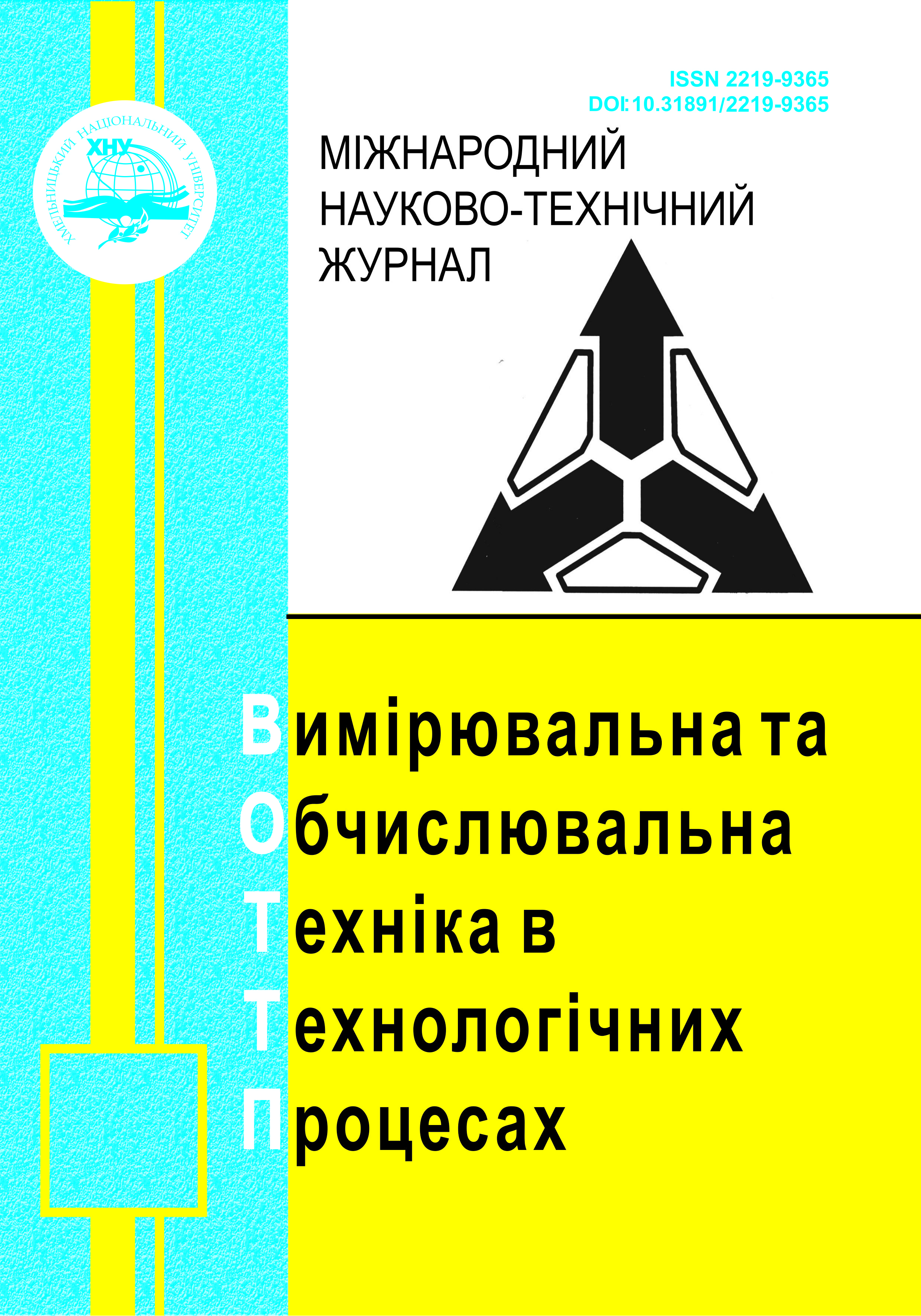THE METHOD OF DEVELOPING SOFTWARE APPLICATIONS FOR THE SIMULATION AND CREATION OF "PRISONER'S DILEMMA" STRATEGIES BASED ON NEURAL NETWORKS
DOI:
https://doi.org/10.31891/2219-9365-2024-80-29Keywords:
prisoner's dilemma, game theory, simulation, neural network, neuron, strategy, genetic algorithmAbstract
The research examines strategies for resolving the Prisoner's Dilemma through neural networks and genetic algorithms. In particular, dynamic strategies as opposed to traditional static strategies — allow for behavioral adaptation based on a variety of input data and can be developed using neural networks.
Through the use of genetic algorithms, the neural network architecture and learning parameters are optimized by simulating the evolution of strategies within a competitive dynamic. This study shows how these kinds of dynamic strategies can be used to better understand the behavior of individual agents operating in economies and societies where people's selfish interests frequently collide with the well-being of the group as a whole.
By taking this approach, the Prisoner's Dilemma can be modeled to a new level and more realistic behavioral strategies can be constructed in repeated dilemma scenarios. It also makes it easier to investigate the different factors that influence the evolution of strategies.

